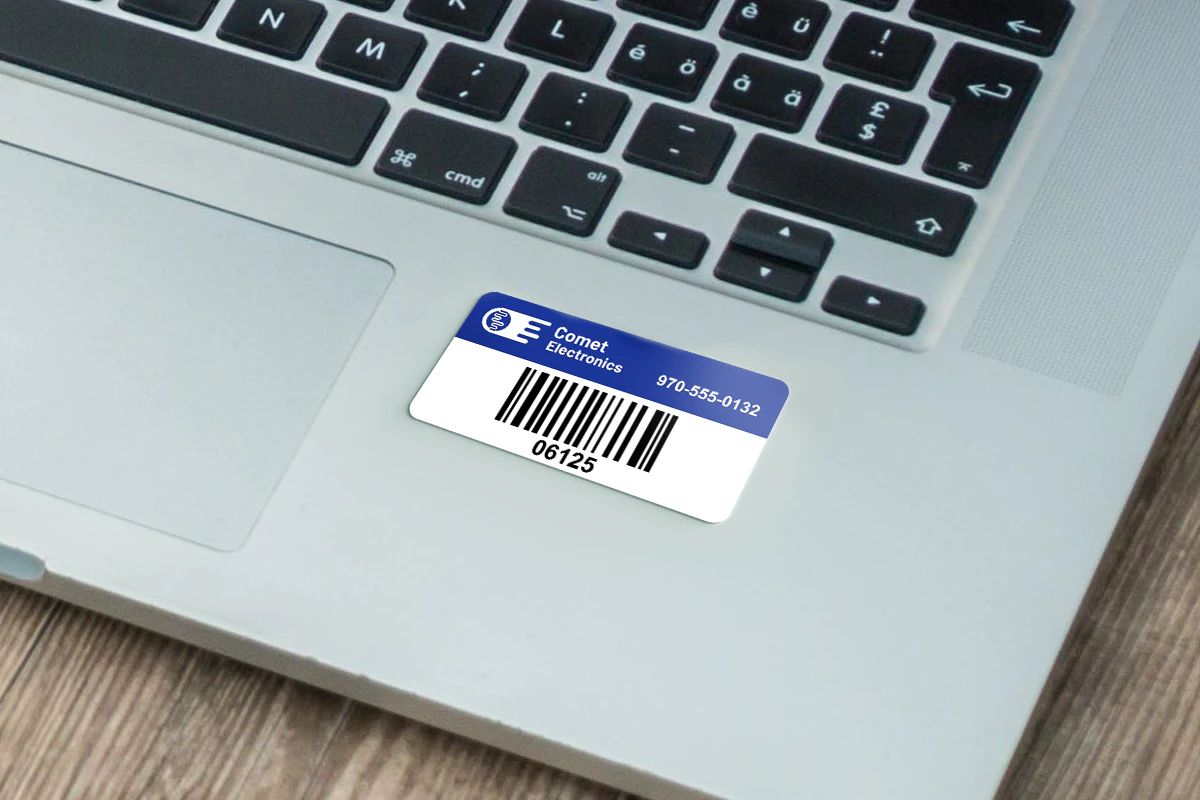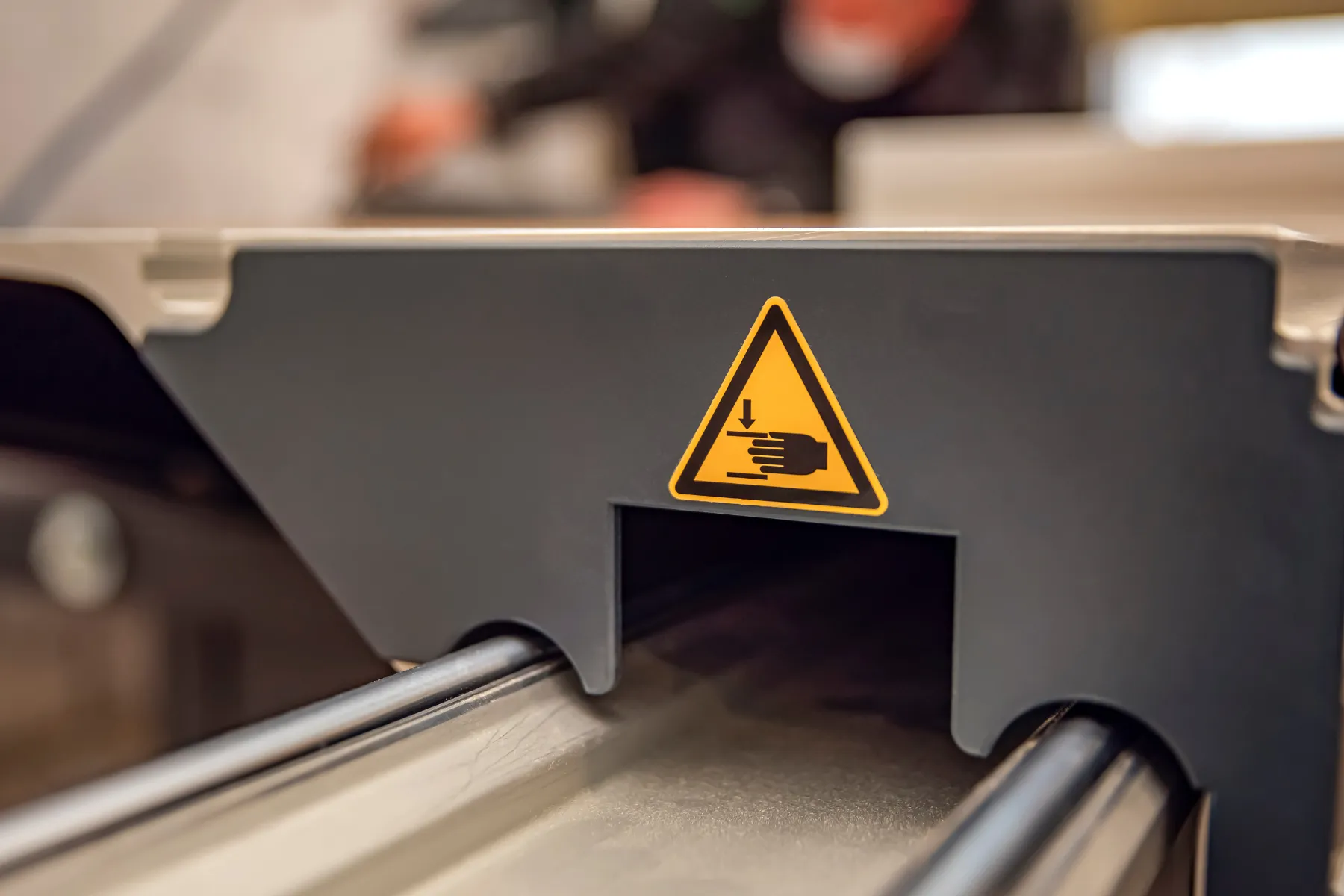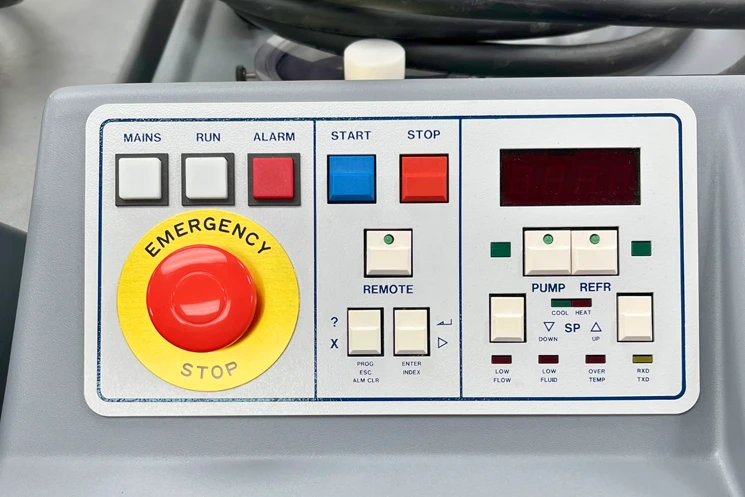To implement a barcode system in a warehouse, you’ll need to evaluate your inventory, choose barcode types, print durable labels, and connect them to a tracking system. A barcode system transforms how your team receives, stores, picks, and audits—cutting errors and improving visibility at every stage.
What a Barcode System Actually Does in a Warehouse
A warehouse barcode system assigns a scannable code to every product, location, bin, or piece of equipment.
These codes support your inventory tagging system, creating a digital map of what’s where and who’s responsible for it.
Here’s what that enables:
- Faster picking and packing: No manual keying or double-checks
- Cleaner inventory audits: Scan and compare instantly
- Real-time tracking: Know what’s where without walking the floor
- Fewer errors: Reduce missed shipments or misplaced gear
It’s not about adding tech for the sake of it—it’s about making everyday work smoother.

What You’ll Need to Get Started
You don’t need a full warehouse management system (WMS) to get value from barcodes. Most teams start with:
- Barcode scanners: Handheld or mobile-compatible
- Label printer: Something that handles tough materials
- Software or spreadsheet: Excel, Google Sheets, or your inventory system
Durable barcode labels: Matched to the surfaces and handling conditions of your space
Each piece works together. But without the label—nothing gets tracked.
Step-by-Step: Setting Up a Barcode System
1. Evaluate Your Inventory and Layout
Walk your floor. What needs to be tracked?
- Products in bins or racks
- Equipment like carts or lifts
- Storage locations like shelves or aisles
Make a list, and think about how things move daily.
2. Choose Barcode Type and Format
Use Code 128 for most inventory—it’s compact and handles letters and numbers.
Use QR codes if you want to store longer data or link to files like manuals.
Make sure each barcode value is unique, scannable, and easy to assign.
3. Print Labels That Match the Use Case
In warehouses, labels get:
- Scraped, picked, and shifted
- Wiped down or sprayed
- Exposed to heat or dust
Make sure your barcode labels are scannable and durable. If you’re unsure where to start, this step-by-step guide to creating barcode labels breaks it down clearly.
Paper won’t last. Use polyester or laminated labels with strong adhesives that stick to plastic, metal, or wood.
4. Connect to a System or Spreadsheet
Barcodes link to data. That might be:
- A column in an Excel sheet
- A custom field in your inventory software
- A merge-ready label template
Many facilities simply upload a spreadsheet of barcode values and merge that into print-ready templates.
5. Train and Test
Don’t assume it’s plug-and-play. Show your team:
- How to scan and confirm data
- How to update logs
- What to do if a label gets damaged
Start small—then scale once your crew is comfortable.
Why Barcode Systems Work Even in Low-Tech Warehouses
You don’t need a high-end WMS to benefit from barcodes. In fact, many smaller or regional warehouses use nothing more than Excel and printed labels—and still see major improvements.
Here’s how one packaging facility did it:
- They had no central inventory system—just handwritten stock cards and verbal updates.
- Losses weren’t from theft—but from miscounts, expired stock, and missed reorder points.
- Their solution?
- A barcode label on each bin
- A shared Google Sheet linked to the barcode ID
- Handheld scanners that updated stock counts daily
The result?
- Overages and shortages cut in half within 60 days
- Physical space was reorganized by scan frequency (fast vs slow movers)
- Workers stopped guessing, and started scanning
It’s not always about the technology. It’s about visibility, consistency, and making every scan count.

How One Facility Improved Audit Speed with Barcode Labels
A regional supplier managed 12,000 SKUs across two locations—but only used printed lists and visual ID.
After implementing barcode labels tied to a shared Excel inventory:
- Audit time dropped by 70%
- Mis-picks dropped 30%
- Floor workers could now scan items directly into pick orders
It wasn’t a massive software shift. It was barcode labels and a cleaner process.
Want to Track Assets or Equipment?
If you’re labeling items for audits, pickups, or usage tracking, barcodes are the first step. You can link barcodes to a spreadsheet, upload them for printing, or tie them to asset IDs used across departments.
Teams managing tools, shelves, or product bins often start with barcode labels for equipment tracking that can hold up to moisture, heat, and frequent scanning without fading.
Warehouse Barcode Systems FAQs
Code 128 is ideal for warehouse items. It’s compact, scanner-friendly, and handles both numbers and letters.
Not always. Excel or Google Sheets can work fine for small warehouses. Just make sure your scanner feeds clean data into your system.
Use synthetic or laminated barcode labels. Avoid standard paper—they tear, fade, or lift under heavy use.
Small teams can start in under a week. Larger operations may need a phased rollout with team training.
Yes. If you have a label printer and a spreadsheet with codes, you can generate and print what you need on demand.



